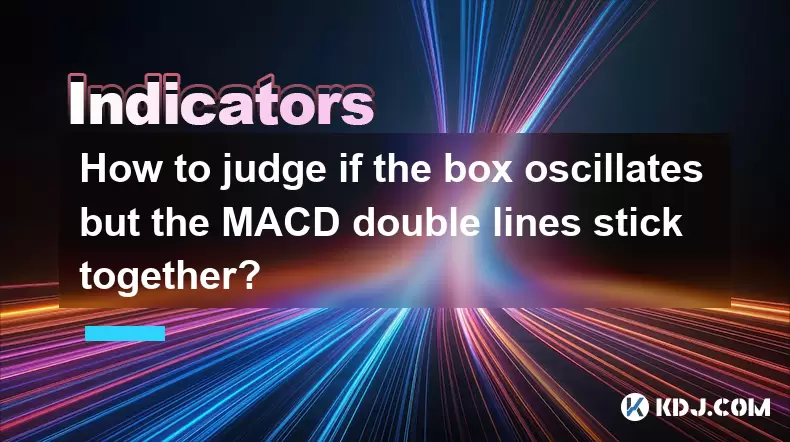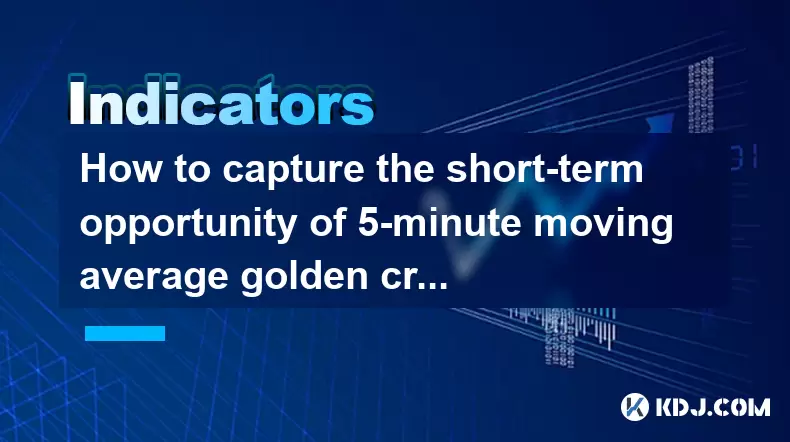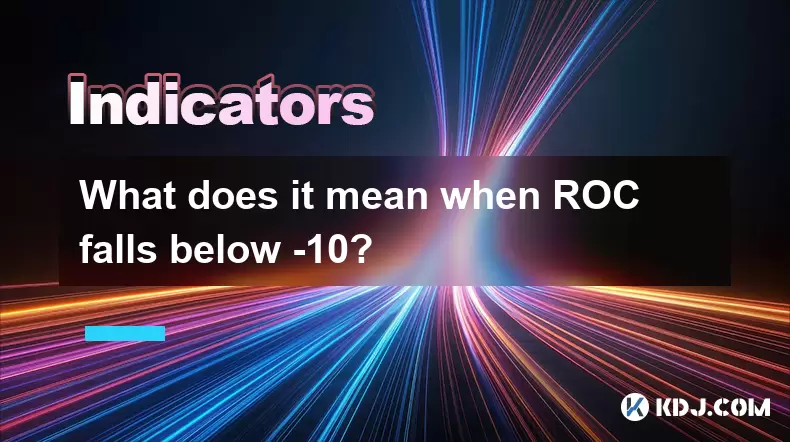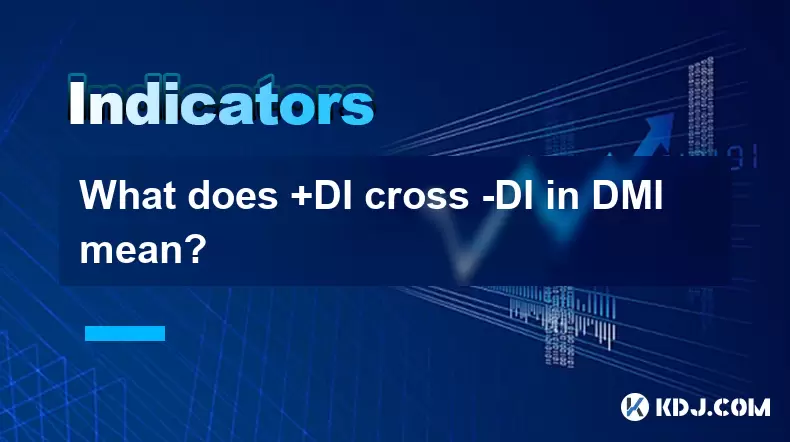-
 Bitcoin
Bitcoin $118900
1.66% -
 Ethereum
Ethereum $3735
1.35% -
 XRP
XRP $3.506
0.71% -
 Tether USDt
Tether USDt $1.000
-0.01% -
 BNB
BNB $799.4
5.78% -
 Solana
Solana $202.0
1.87% -
 USDC
USDC $0.9999
0.00% -
 Dogecoin
Dogecoin $0.2661
1.89% -
 Cardano
Cardano $0.8877
1.59% -
 TRON
TRON $0.3173
2.45% -
 Hyperliquid
Hyperliquid $45.00
2.59% -
 Stellar
Stellar $0.4723
3.40% -
 Sui
Sui $3.970
1.32% -
 Chainlink
Chainlink $19.67
1.94% -
 Hedera
Hedera $0.2710
1.99% -
 Avalanche
Avalanche $25.74
-0.01% -
 Bitcoin Cash
Bitcoin Cash $528.1
1.98% -
 Litecoin
Litecoin $120.1
3.57% -
 Shiba Inu
Shiba Inu $0.00001525
1.26% -
 UNUS SED LEO
UNUS SED LEO $8.989
-0.01% -
 Toncoin
Toncoin $3.304
1.74% -
 Polkadot
Polkadot $4.531
3.38% -
 Uniswap
Uniswap $10.74
2.51% -
 Ethena USDe
Ethena USDe $1.001
0.00% -
 Monero
Monero $325.5
2.44% -
 Pepe
Pepe $0.00001413
1.31% -
 Bitget Token
Bitget Token $4.860
0.85% -
 Dai
Dai $0.9999
0.01% -
 Aave
Aave $307.3
-2.07% -
 Bittensor
Bittensor $448.8
2.91%
How to judge if the box oscillates but the MACD double lines stick together?
When MACD lines stick together during box oscillation, it signals market indecision, often preceding a breakout or breakdown.
Jun 29, 2025 at 01:15 pm

Understanding the Basics of MACD and Box Oscillation
Before diving into the intricacies of box oscillation and MACD double lines sticking together, it's essential to understand what these terms mean individually. The Moving Average Convergence Divergence (MACD) is a trend-following momentum indicator that shows the relationship between two moving averages of a security’s price. The "double lines" refer to the MACD line and the signal line, which are plotted on a chart beneath the main price chart.
Box oscillation, on the other hand, refers to a sideways price movement within a defined range or "box." During this phase, prices don't exhibit strong upward or downward momentum but instead move horizontally between support and resistance levels. This kind of behavior is common during consolidation periods when traders are waiting for a breakout or breakdown signal.
Identifying Box Oscillation in Price Charts
To determine if a cryptocurrency is in a box oscillation, you should look for horizontal price movement over a certain period. Key characteristics include:
- Prices repeatedly bouncing off a support level and a resistance level
- Lack of clear trend direction — neither bullish nor bearish
- Narrow candlestick patterns indicating low volatility
- Volume tends to decrease during the consolidation phase
Traders can use horizontal trendlines to draw the boundaries of the box. Once these levels are confirmed by multiple touches, the pattern becomes more reliable. In such conditions, technical indicators like MACD may behave differently than during trending markets.
Recognizing When MACD Double Lines Stick Together
The phenomenon of the MACD double lines sticking together occurs when both the MACD line and the signal line converge closely, often appearing as if they're overlapping or running parallel with minimal separation. This typically happens during periods of low momentum and diminished trend strength, which aligns with the conditions seen in box oscillation.
To identify this situation:
- Observe the distance between the MACD line and the signal line
- Look for instances where the histogram bars shrink significantly or even disappear
- Confirm that there’s no recent crossover or divergence suggesting a new trend
This tight convergence suggests that neither buyers nor sellers are gaining control, reinforcing the idea that the market is in a neutral state.
Interpreting the Combined Scenario: Box Oscillation with Stuck MACD Lines
When both box oscillation and MACD double lines sticking together occur simultaneously, it signals a strong consolidation phase. This combination is particularly useful for identifying potential breakouts or breakdowns. Here's how to interpret this scenario:
- The price remains range-bound, showing no clear direction
- The MACD histogram shrinks, indicating weakening momentum
- The MACD and signal lines stay close, signaling indecision in the market
In such cases, traders often wait for a candlestick close outside the box or a MACD line crossing above/below the signal line to confirm a new trend direction. It's crucial not to trade based solely on one indicator but to combine it with price action and volume analysis.
Practical Steps to Analyze This Pattern
Analyzing the combination of box oscillation and stuck MACD lines involves several steps:
- Draw support and resistance levels accurately to define the box
- Apply the MACD indicator with standard settings (12, 26, 9) on your chart
- Monitor the distance between MACD and signal lines
- Watch for volume spikes near the box boundaries
- Wait for a clear breakout or breakdown before entering a trade
For example, if the price has been oscillating between $30,000 and $31,000 for Bitcoin, and the MACD lines remain stuck while the histogram flattens, it's a sign of consolidation. A bullish breakout might be confirmed if the price closes above $31,000 with increasing volume and the MACD line crosses above the signal line.
Trading Strategies Around This Setup
Traders can approach this setup using different strategies depending on their risk tolerance and trading style:
- Breakout traders wait for a candle to close outside the box with confirmation from MACD (e.g., a rising MACD line after a breakout)
- Range traders sell near resistance and buy near support as long as the box holds
- Momentum traders avoid entering until the MACD lines diverge again and show clear directional bias
It's also important to place stop-loss orders just beyond the opposite side of the box to manage risk effectively. For instance, if buying at support, set a stop below that level to limit losses if the box breaks down.
Frequently Asked Questions
Q1: Can MACD lines sticking together predict future trends?
While this condition indicates weak momentum, it doesn’t directly predict the next trend direction. Traders must rely on additional tools like price patterns and volume to anticipate moves.
Q2: Is this pattern more common in specific cryptocurrencies?
No, this pattern appears across all digital assets, especially those experiencing low volatility or undergoing consolidation phases regardless of market cap.
Q3: How long can the MACD lines stick together during box oscillation?
There’s no fixed duration. It depends on the asset and market sentiment. Sometimes it lasts hours; other times, days, especially before major news events or macroeconomic shifts.
Q4: Should I ignore trading opportunities during this phase?
Not necessarily. Range traders can still profit from swings inside the box, while others may prefer to wait for a confirmed breakout supported by MACD signals.
Disclaimer:info@kdj.com
The information provided is not trading advice. kdj.com does not assume any responsibility for any investments made based on the information provided in this article. Cryptocurrencies are highly volatile and it is highly recommended that you invest with caution after thorough research!
If you believe that the content used on this website infringes your copyright, please contact us immediately (info@kdj.com) and we will delete it promptly.
- Sui Price, Open Interest, and the $4 Breakout: Will SUI Surge?
- 2025-07-23 22:50:13
- BlockDAG, XRP, and DOT: Riding the Crypto Wave Like a Wall Street Pro
- 2025-07-23 23:10:13
- NFT Penguins Rally: PENGU's Rise and the CryptoBatz Bounce
- 2025-07-23 23:10:13
- Dogecoin's Future: Will the Meme Dream Live On?
- 2025-07-23 22:30:13
- Mara's Bitcoin Bet: Debt, Mining, and Shadow Banking?
- 2025-07-23 22:30:13
- Rick Harrison, Gold Coins, and Pawn Stars: A Deep Dive into the World of High-Stakes Haggling
- 2025-07-23 23:15:12
Related knowledge

How to capture the short-term opportunity of 5-minute moving average golden cross + 1-minute MACD bar line volume?
Jul 23,2025 at 10:29pm
Understanding the 5-Minute Moving Average Golden CrossThe 5-minute moving average golden cross occurs when a short-term moving average, typically the ...

What does it mean when ROC falls below -10?
Jul 23,2025 at 09:29pm
Understanding the Rate of Change (ROC) Indicator in Cryptocurrency TradingThe Rate of Change (ROC) indicator is a momentum oscillator used widely in t...

What does +DI cross -DI in DMI mean?
Jul 23,2025 at 09:49pm
Understanding the DMI Indicator ComponentsThe Directional Movement Index (DMI) is a technical analysis tool developed by J. Welles Wilder to assess th...

Advanced RSI strategies for crypto
Jul 13,2025 at 11:01am
Understanding the Basics of RSI in Cryptocurrency TradingThe Relative Strength Index (RSI) is a momentum oscillator used to measure the speed and chan...

Crypto RSI for day trading
Jul 12,2025 at 11:14am
Understanding RSI in the Context of Cryptocurrency TradingThe Relative Strength Index (RSI) is a momentum oscillator used to measure the speed and cha...

Crypto RSI for scalping
Jul 12,2025 at 11:00pm
Understanding RSI in the Context of Crypto TradingThe Relative Strength Index (RSI) is a momentum oscillator widely used by traders to measure the spe...

How to capture the short-term opportunity of 5-minute moving average golden cross + 1-minute MACD bar line volume?
Jul 23,2025 at 10:29pm
Understanding the 5-Minute Moving Average Golden CrossThe 5-minute moving average golden cross occurs when a short-term moving average, typically the ...

What does it mean when ROC falls below -10?
Jul 23,2025 at 09:29pm
Understanding the Rate of Change (ROC) Indicator in Cryptocurrency TradingThe Rate of Change (ROC) indicator is a momentum oscillator used widely in t...

What does +DI cross -DI in DMI mean?
Jul 23,2025 at 09:49pm
Understanding the DMI Indicator ComponentsThe Directional Movement Index (DMI) is a technical analysis tool developed by J. Welles Wilder to assess th...

Advanced RSI strategies for crypto
Jul 13,2025 at 11:01am
Understanding the Basics of RSI in Cryptocurrency TradingThe Relative Strength Index (RSI) is a momentum oscillator used to measure the speed and chan...

Crypto RSI for day trading
Jul 12,2025 at 11:14am
Understanding RSI in the Context of Cryptocurrency TradingThe Relative Strength Index (RSI) is a momentum oscillator used to measure the speed and cha...

Crypto RSI for scalping
Jul 12,2025 at 11:00pm
Understanding RSI in the Context of Crypto TradingThe Relative Strength Index (RSI) is a momentum oscillator widely used by traders to measure the spe...
See all articles

























































































